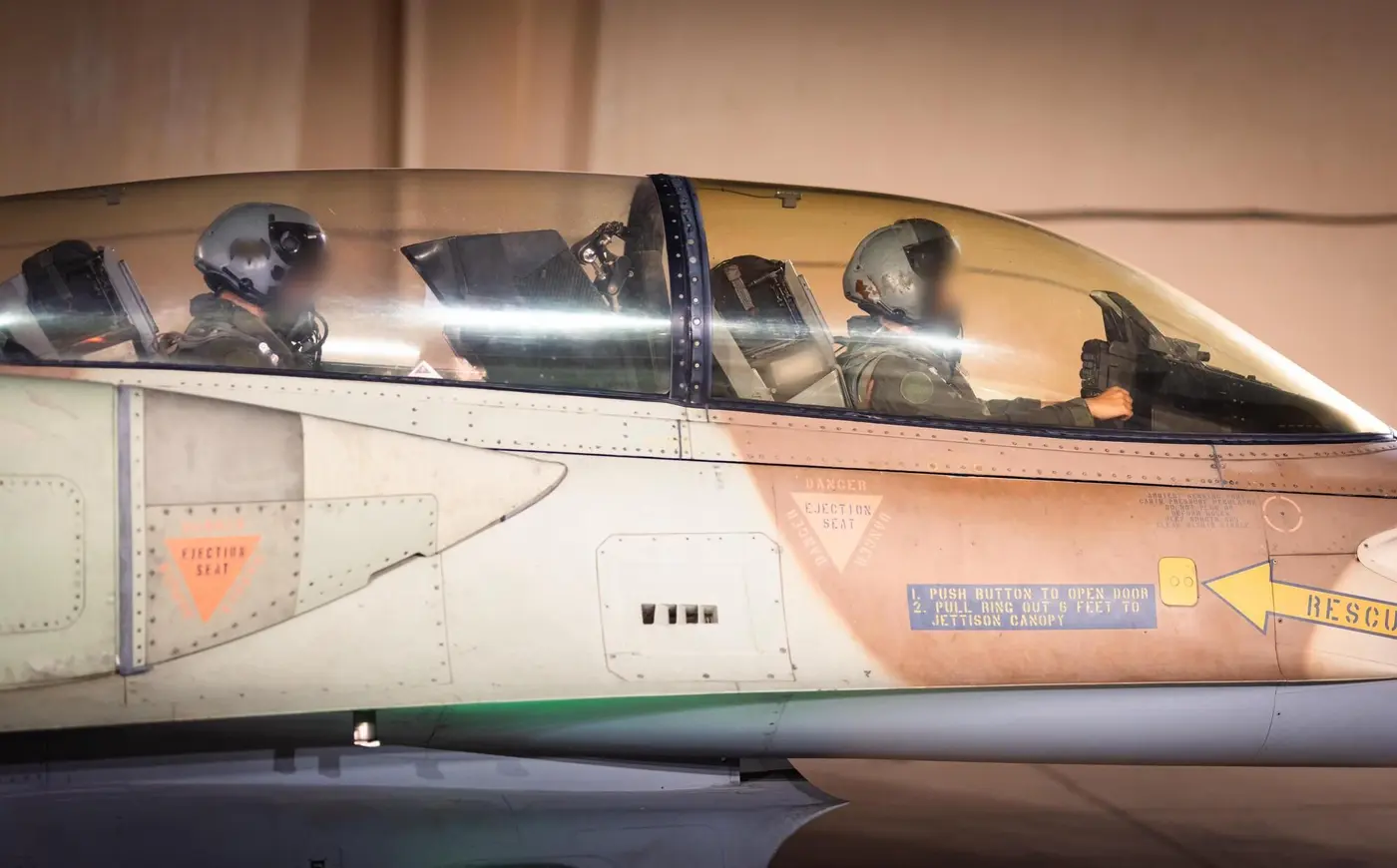T4K3.news
IDF advances in Zeitoun
Israeli forces press the Zeitoun operation near Gaza City while sealing tunnels and continuing aid deliveries amid a widening Gaza offensive.
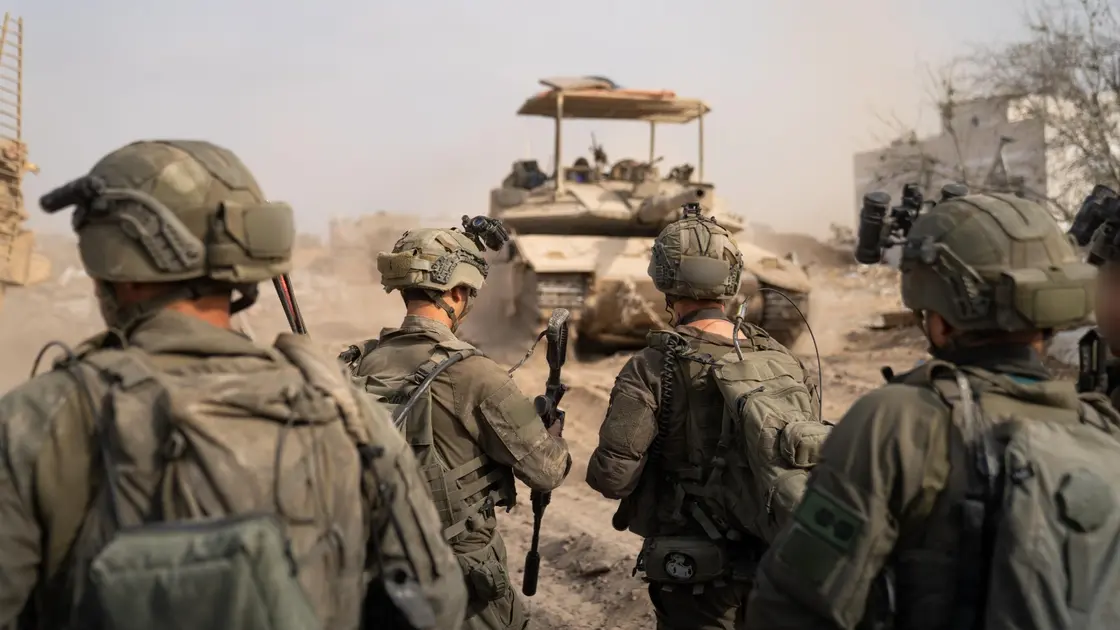
The Israeli military reports a new ground operation in Zeitoun near Gaza City as it widens its offensive and tightens control amid a growing humanitarian crisis.
IDF advances in Zeitoun as Gaza offensive widens
The Israeli military said it destroyed dozens of so called terror targets in Zeitoun on the outskirts of Gaza City as part of a new push launched earlier in the week. The operation is led by the 99th Division with the Nahal Infantry Brigade and the 7th Armored Brigade, and aims to locate explosives, dismantle terrorist infrastructure, and establish greater control around the city. The army reported clashes, including an RPG incident that did not injure soldiers, and said it killed several terrorists in the area.
Separately, the IDF announced it had sealed seven kilometers of Hamas tunnels in Beit Hanoun with concrete over the past month, using a dedicated pumping system and a long pipeline from the border to the tunnels. The combined effort, the military said, dealt a serious setback to the Beit Hanoun Battalion while continuing offensive operations. The United Nations and aid groups say aid delivery remains critical as Gaza faces a deepening hunger crisis, with hundreds of thousands of people reliant on relief supplies. The UN also notes that much aid still does not reach those in need, even as convoys and airdrops continue. Civilians have been warned to evacuate and the air force has intensified strikes in the area, underscoring the strain on civilians caught in the fighting.
Key Takeaways
"Over the past few days, IDF troops have been operating in the Zeitoun area, on the outskirts of Gaza City."
IDF statement on ground operations
"The operation was made possible thanks to precise engineering planning, combining advanced technological capabilities and innovative methods used for the first time, which led to the complete sealing of the tunnel."
IDF description of tunnel sealing
"Since 27 May, and as of 13 August, we have recorded that at least 1,760 Palestinians have been killed while seeking aid; most of these killings were committed by the Israeli military."
UN human rights office statement
"Nearly 90 percent of UN aid is not reaching intended destinations throughout Gaza."
UN aid delivery report
The Zeitoun push signals a shift to street level combat on the outskirts of Gaza City, raising questions about civilian risk and the pace of any planned broader seizure. Sealing tunnels with concrete shows a preference for a technique that can outlast demolition blasts, but it also prolongs the disruption of underground networks that communities rely on during crises. International observers warn that even with such tactics, civilians bear the brunt of the fighting and aid corridors remain unreliable. The numbers and timing of offensives will shape political risk for leaders on both sides and influence how long the siege of Gaza City endures. As aid deliveries continue, the world watches whether relief can reach those in need while avoiding new humanitarian catastrophes.
Highlights
- Ground action tests the limits of civilian safety
- Concrete seals change the math of urban warfare
- Aid will only reach the city if corridors stay open
- The toll on civilians haunts every decision
Humanitarian and political risks
The unfolding ground offensive, tunnel sealing and aid delivery challenges raise humanitarian and political risks, including civilian harm, access to food and medical supplies, and international backlash over the conduct of hostilities and aid constraints.
The coming days will reveal whether tactical gains translate into lasting relief for civilians
Enjoyed this? Let your friends know!
Related News

IDF approves outline for Gaza City operation

IDF expands Gaza City outskirts deployment
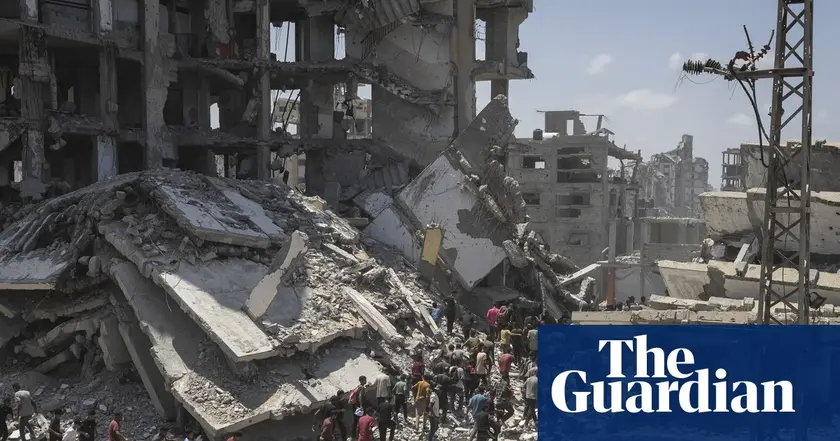
Israel plans Gaza City takeover draws international outrage
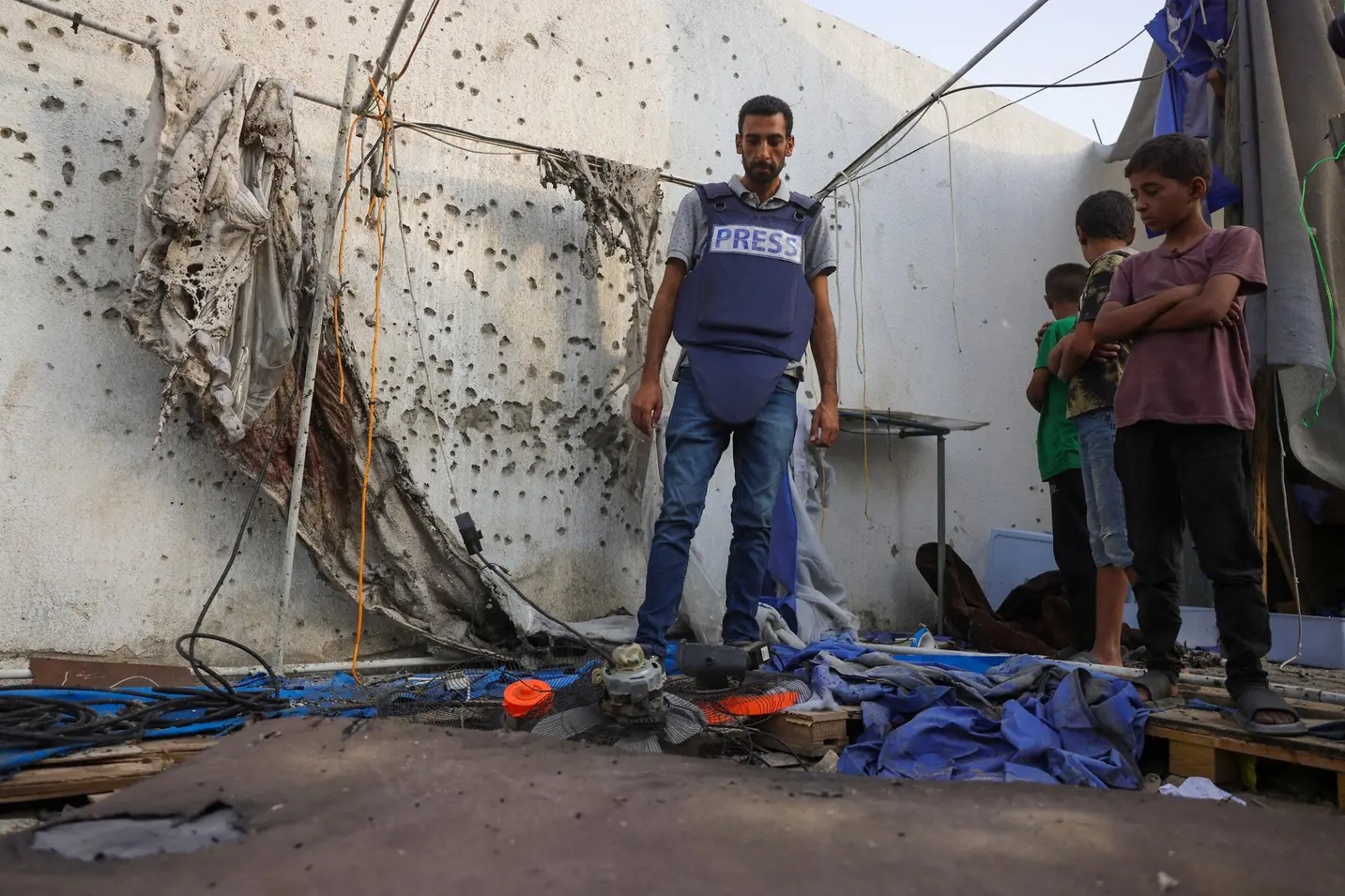
IDF defends strike targeting Hamas operative in Gaza
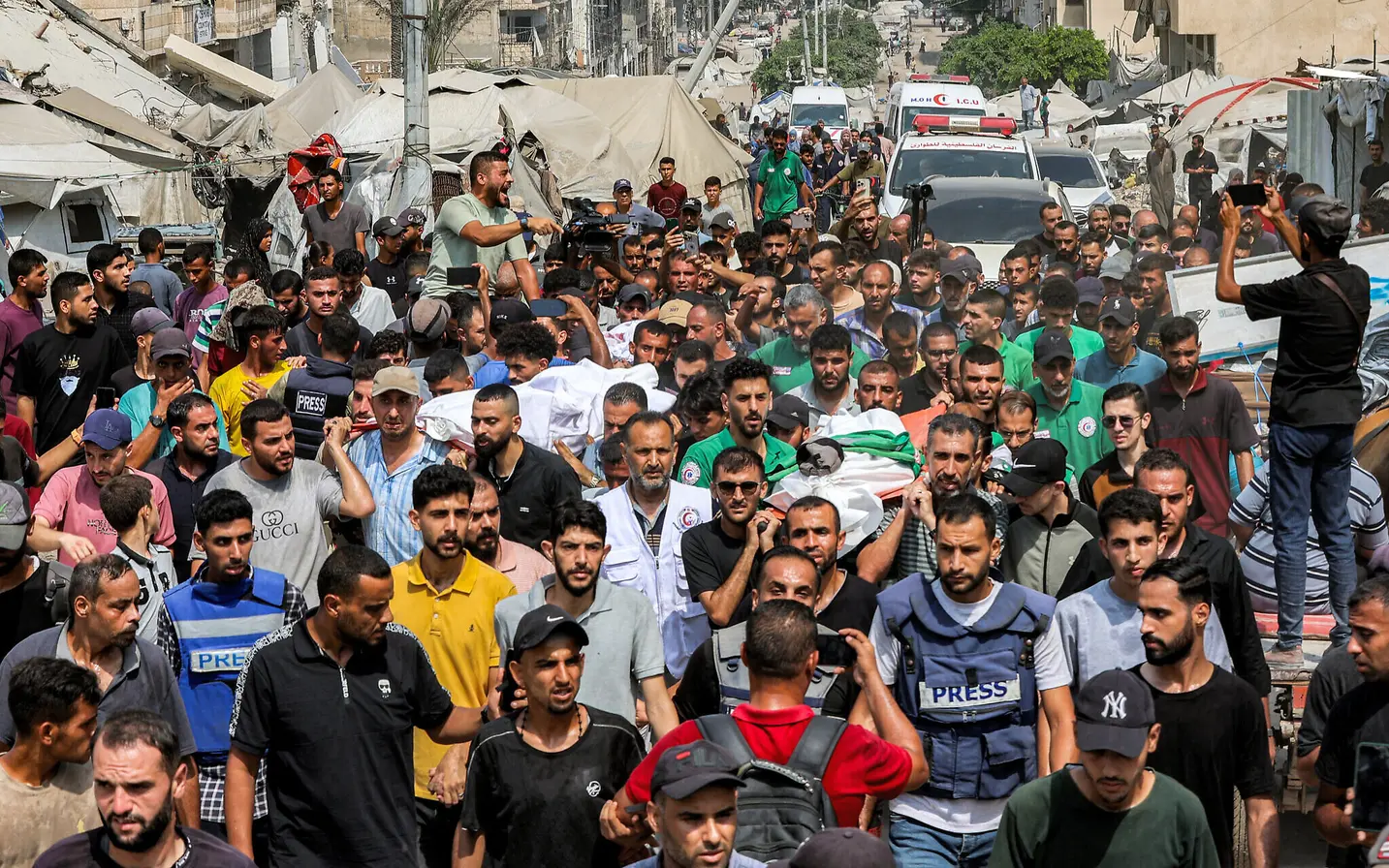
Global backlash after Gaza journalist killing prompts new press protections

Hamas refuses negotiation as Israel opts for military action

Israel Gaza City plan draws global condemnation
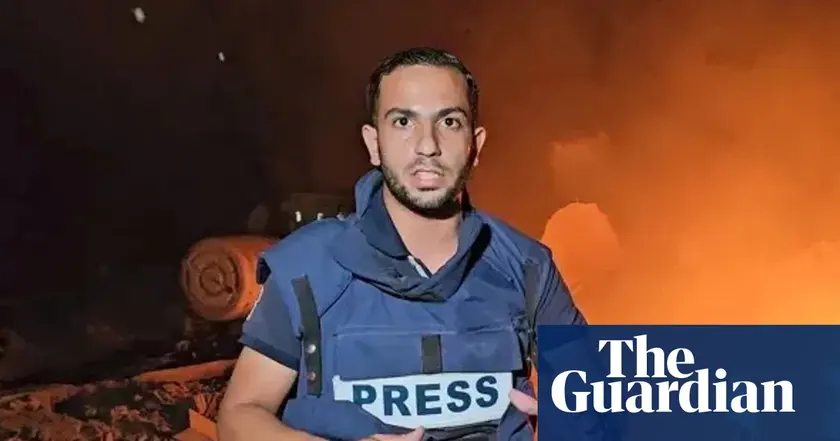
Al Jazeera journalist killed in Gaza airstrike
